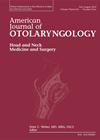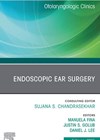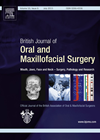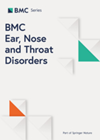
Journal Reviews
Extracapsular dissection alone for low-grade malignancies of the parotid gland – oncologically sound?
The general treatment strategy advocated for a primary carcinoma of the parotid gland is surgical resection +/- adjuvant radiotherapy. A selective neck dissection is usually recommended in all cases of parotid malignancies, except for small, low-grade tumours. In this paper,...
Lateral skull base surgery using the endoscope
Endoscopic lateral skull base surgery could be performed via less invasive techniques due to wide panoramic visualisation of the operative field. With less invasive techniques, patients have been shown to require shorter recovery time and reduced postoperative pain. In this...
Righting the paralysed lip
Many surgical procedures that otolaryngologists perform put the facial nerve at risk of injury, a complication that the surgeon and patient fear alike. Unfortunately, injuries to the nerve can and do happen despite adequate precautions, and facial paralysis may be...
3D ultrasonography for evaluation of muscles following facial palsy
Reconstructive surgery for facial nerve palsies is not recommended beyond two to three years after a degenerative facial nerve lesion. Since the time course of muscle atrophy is variable, this timeline is a rough guideline. The only assessment method currently...









